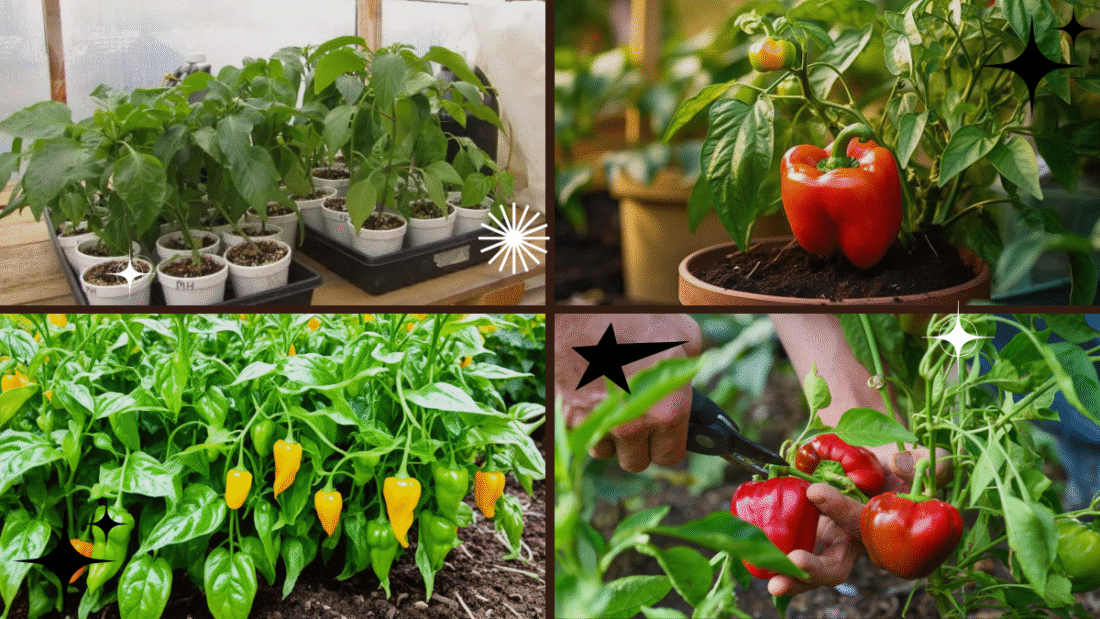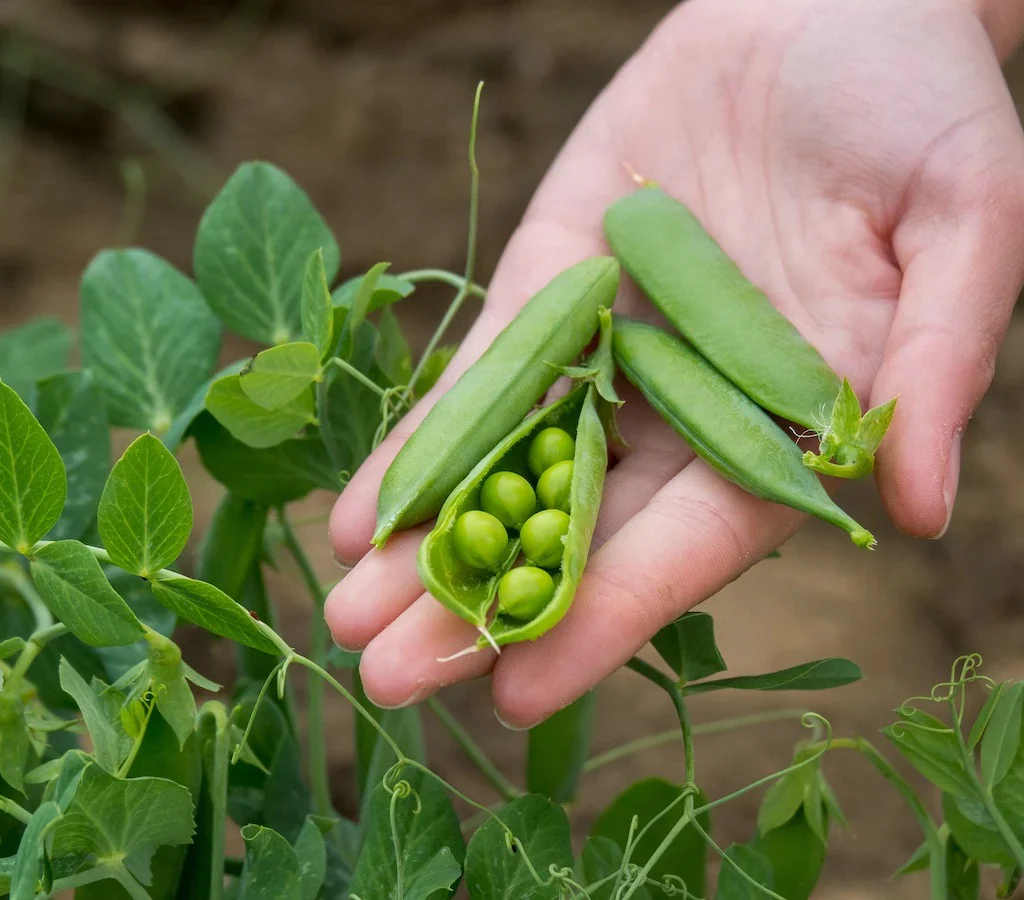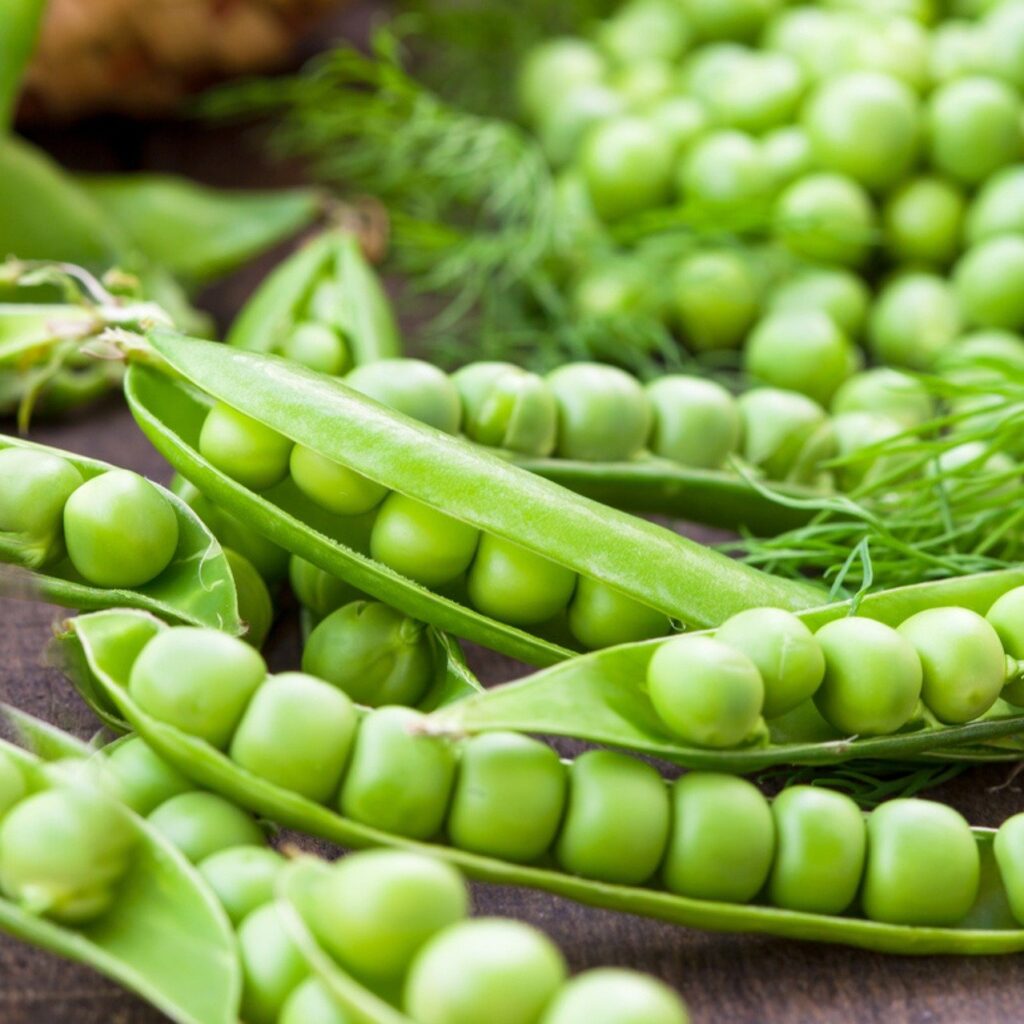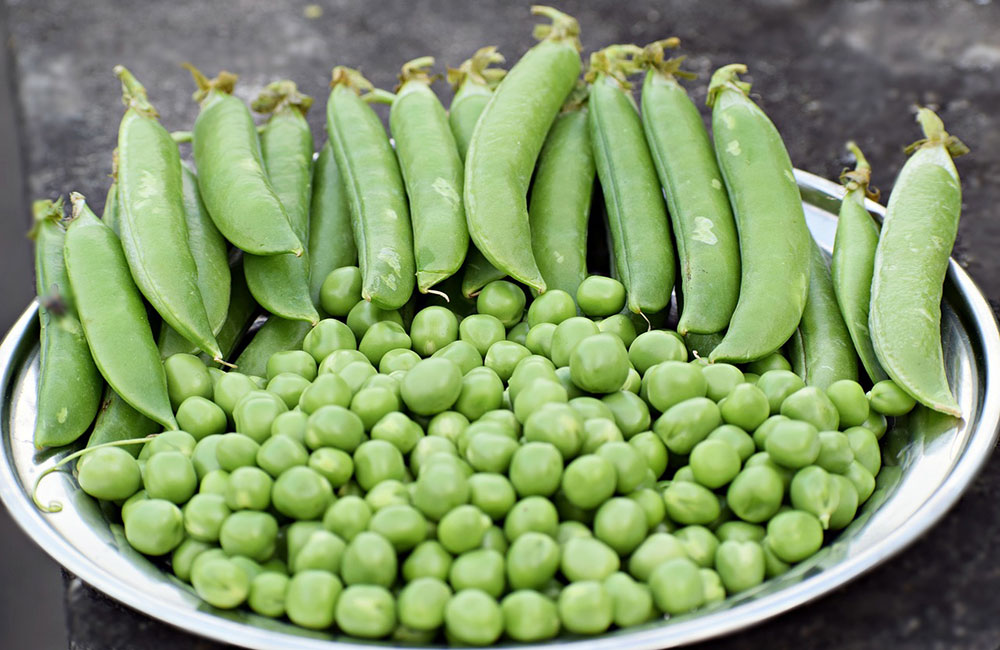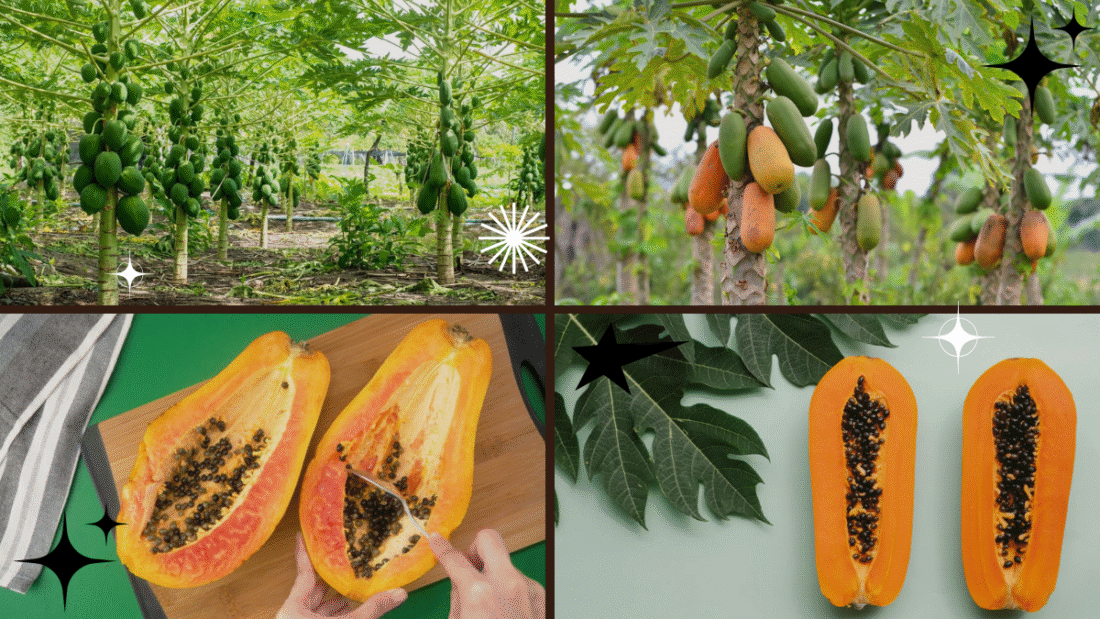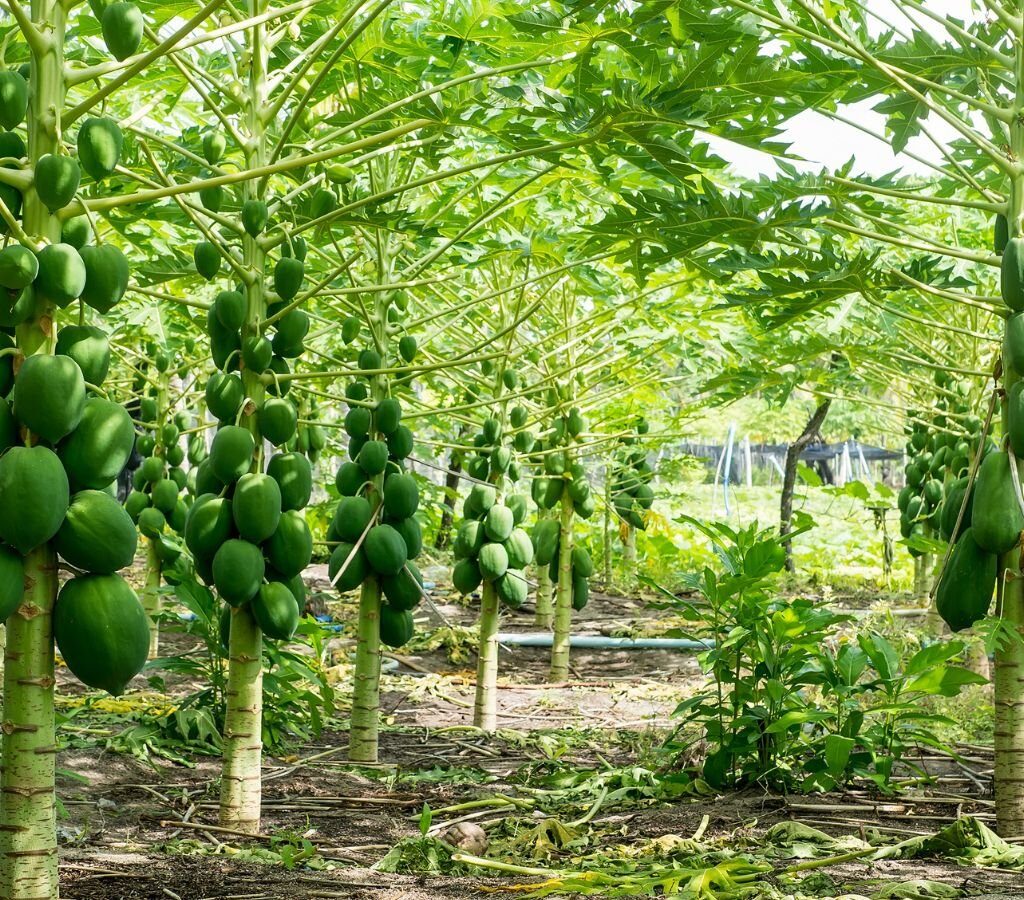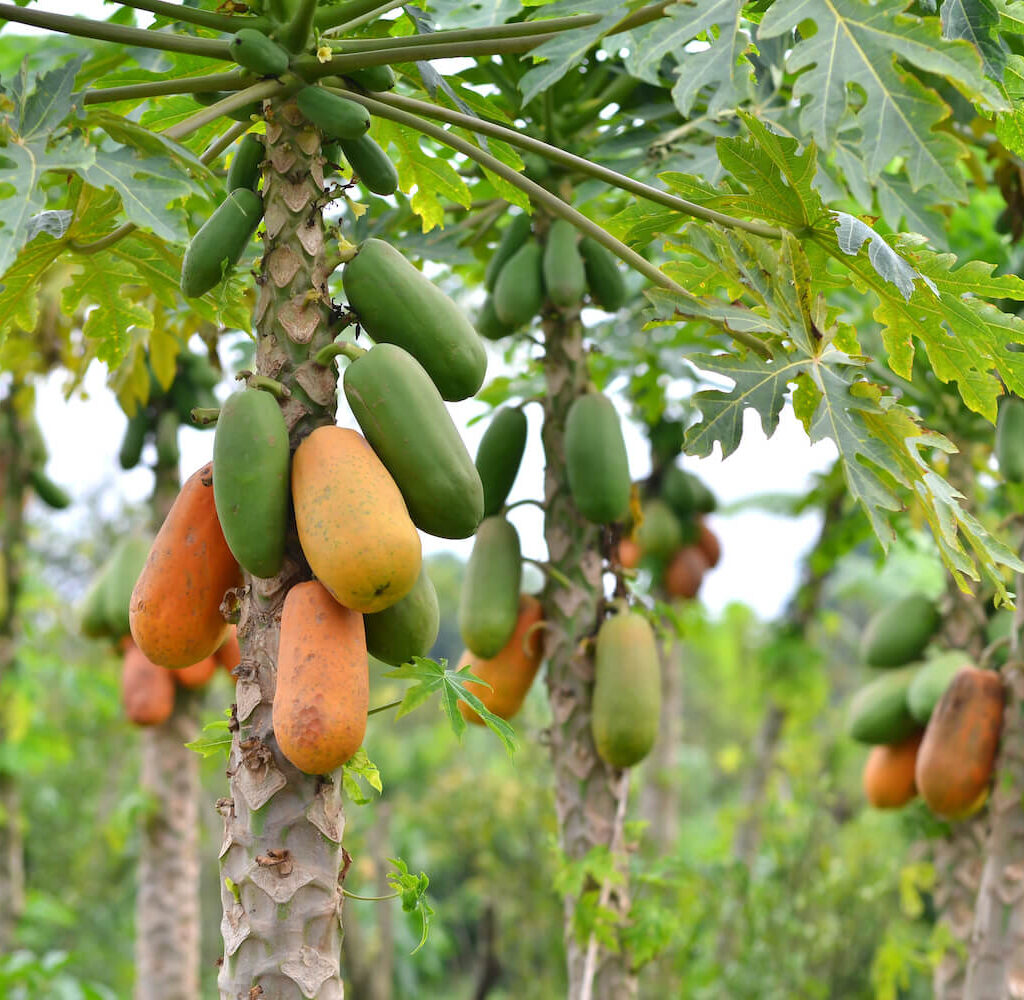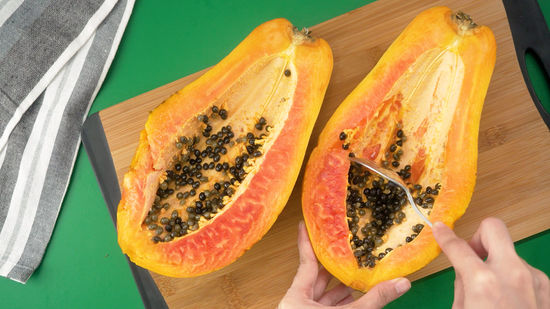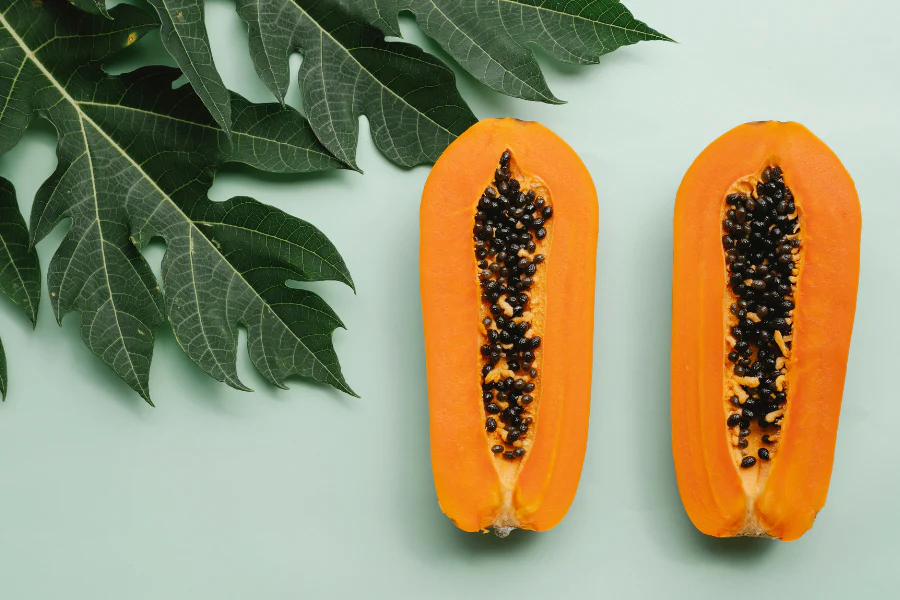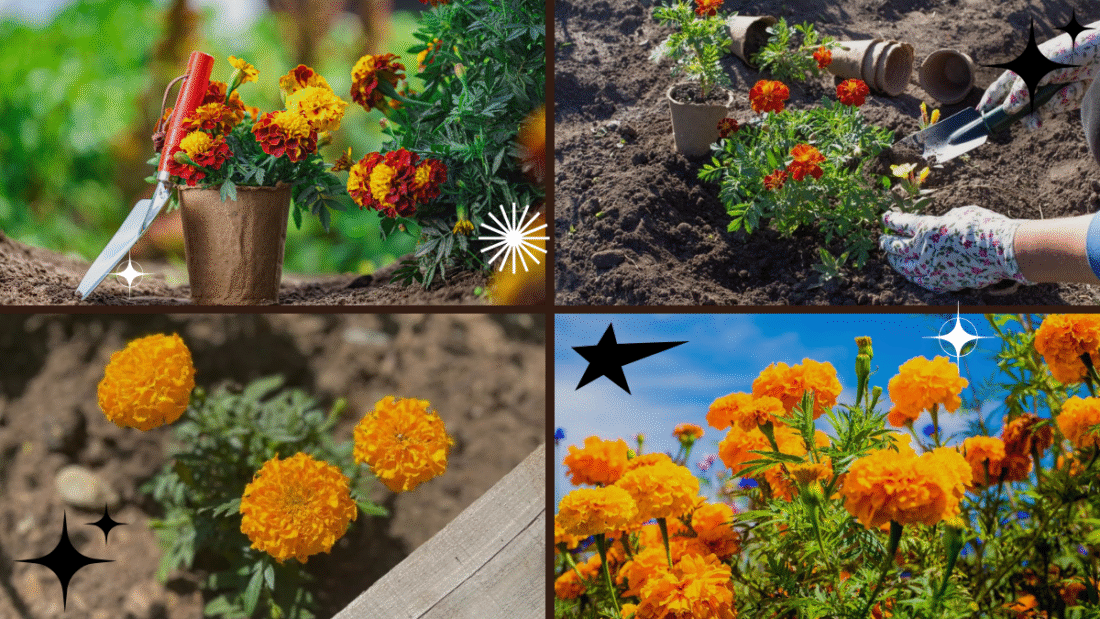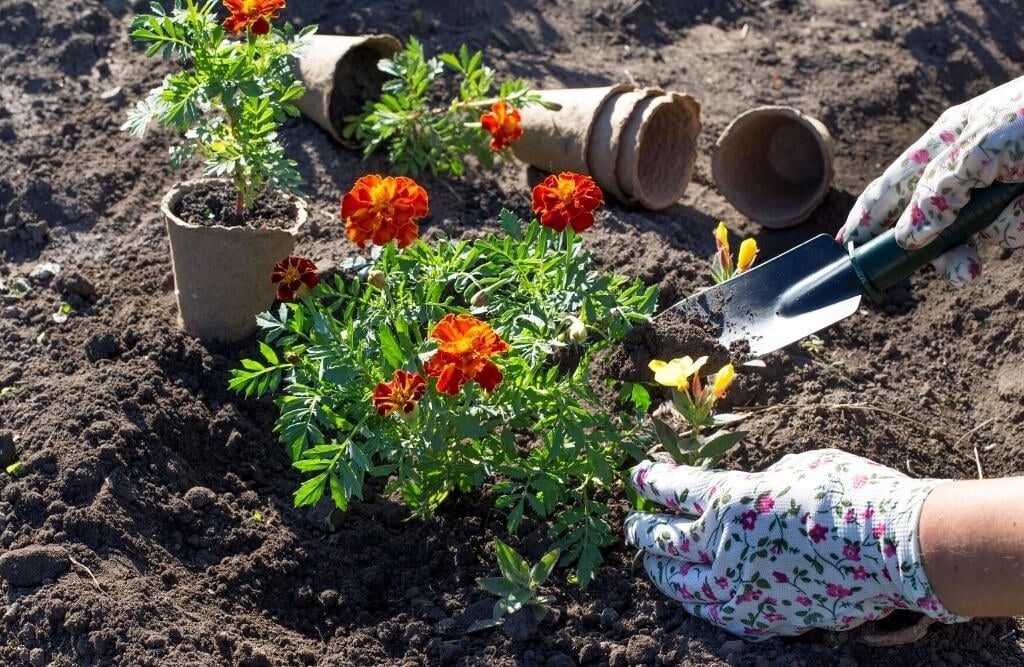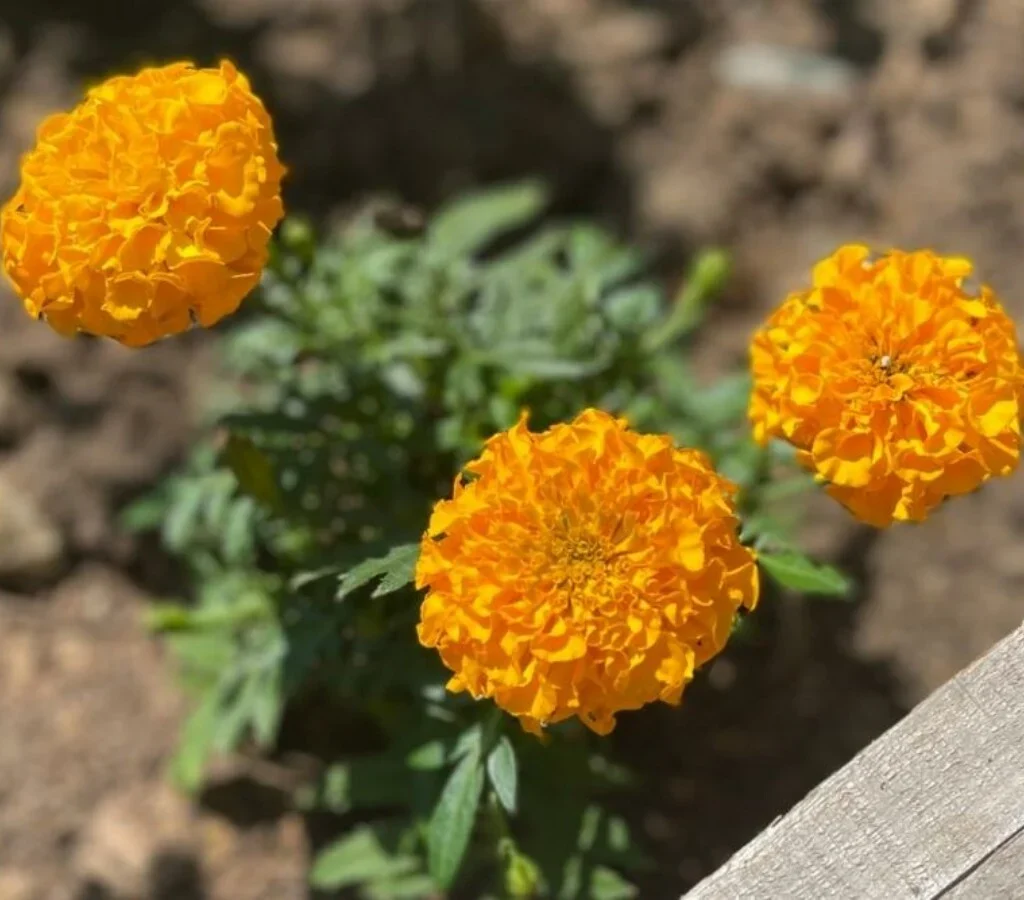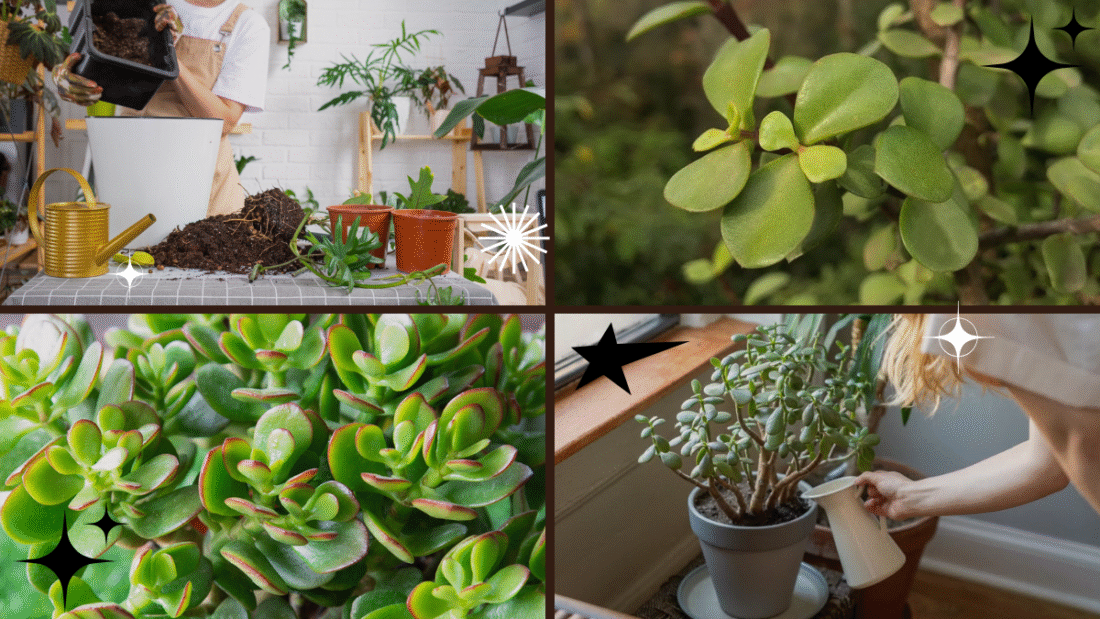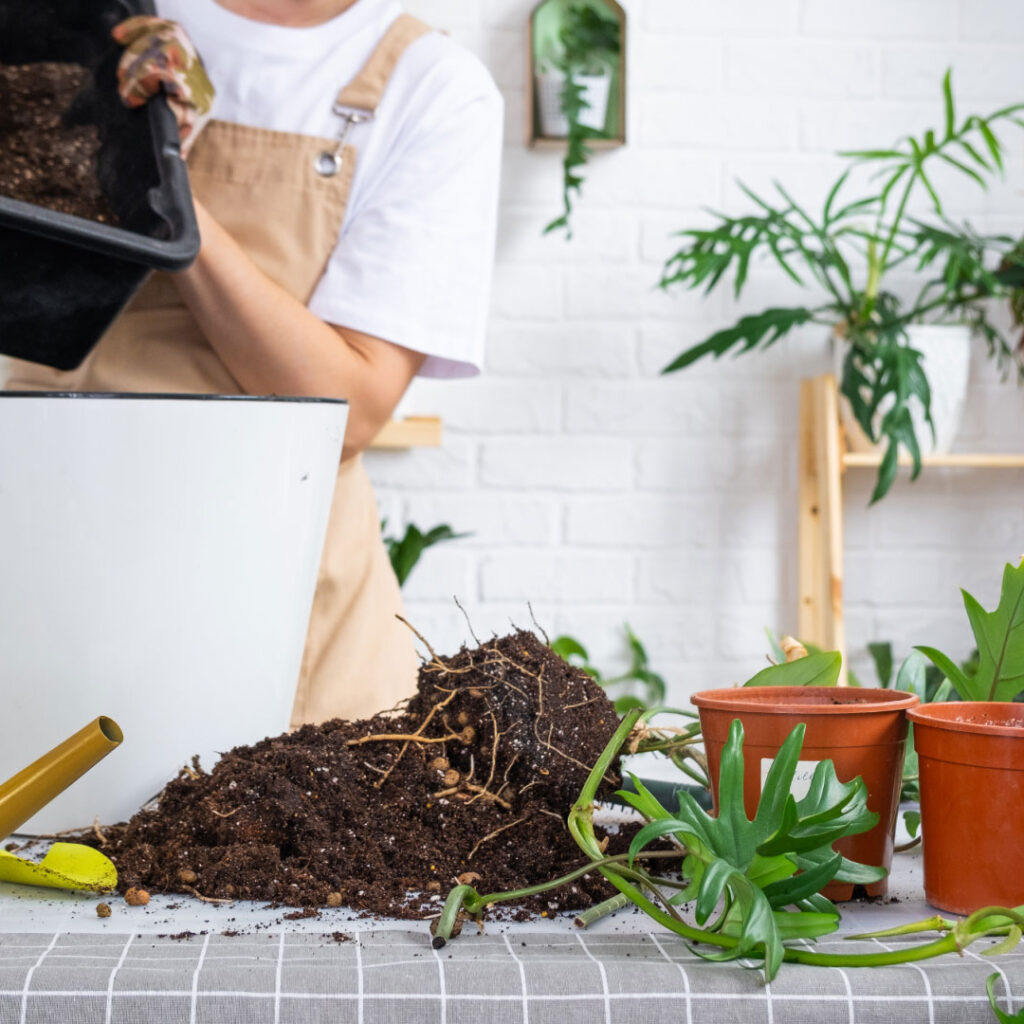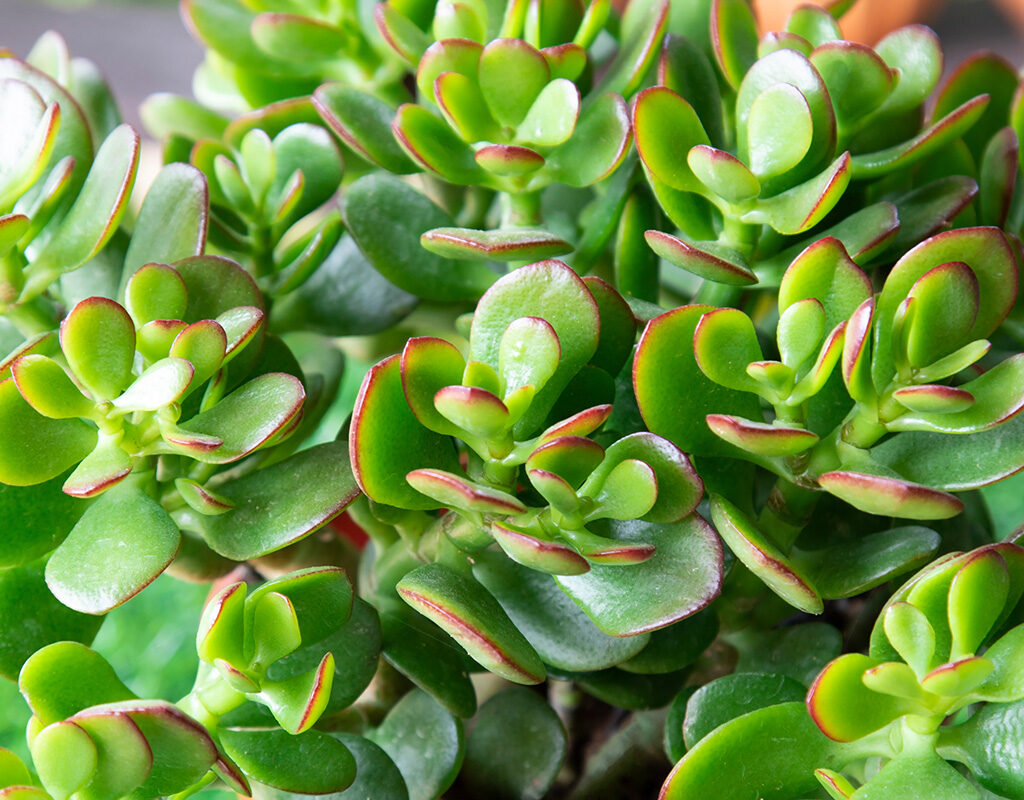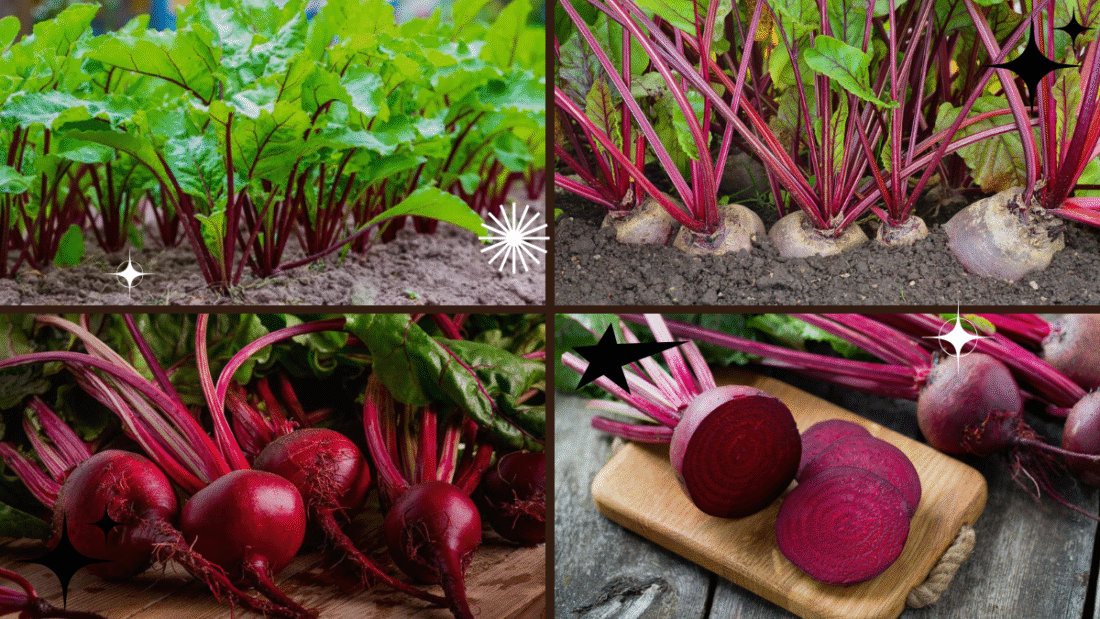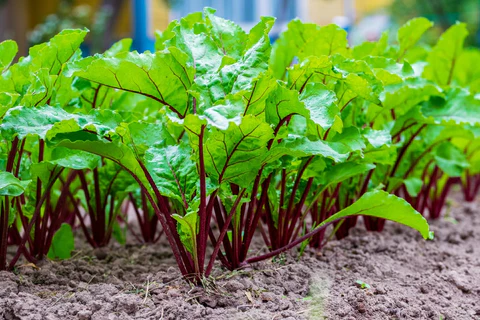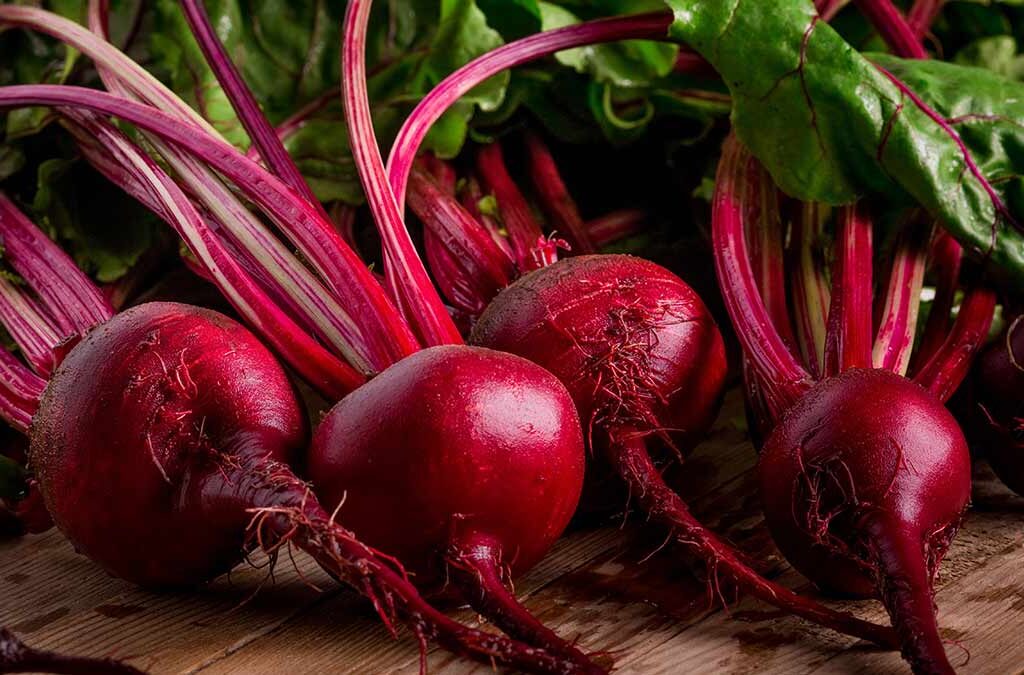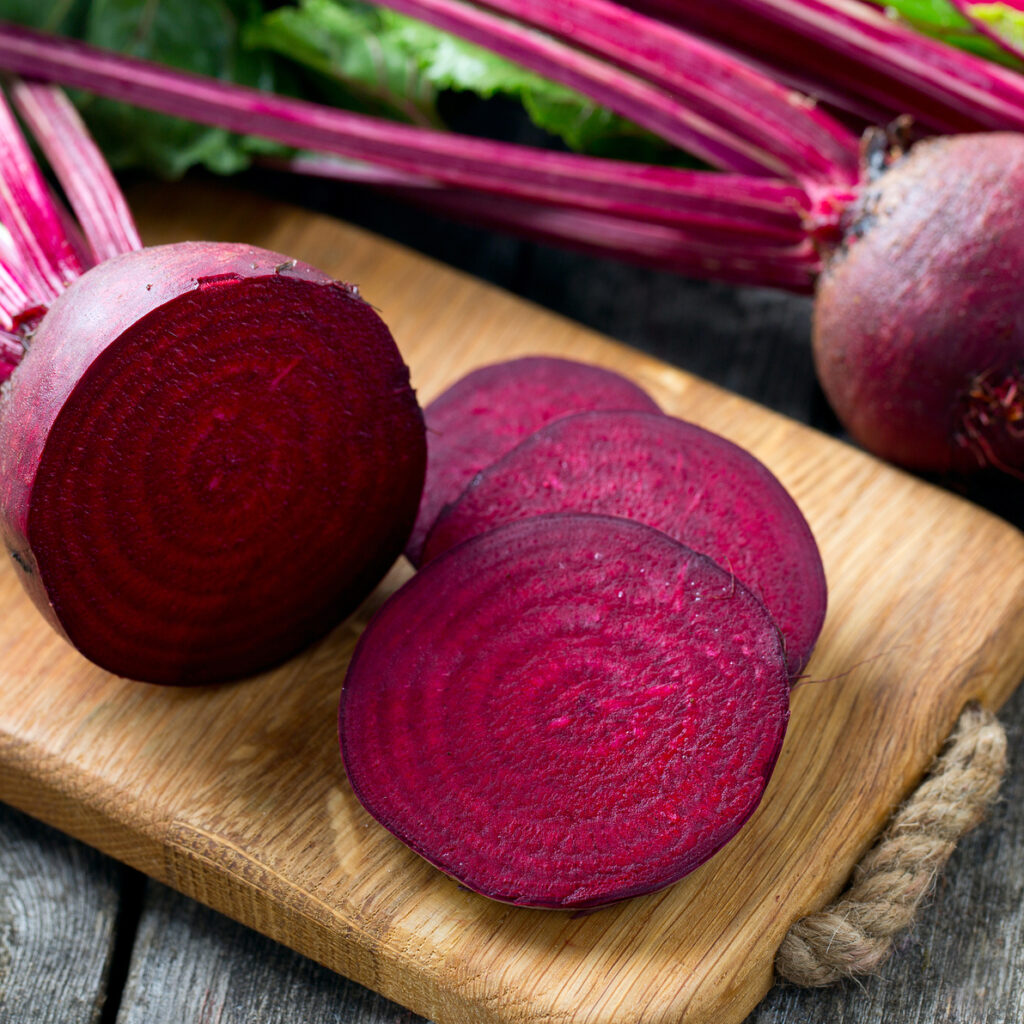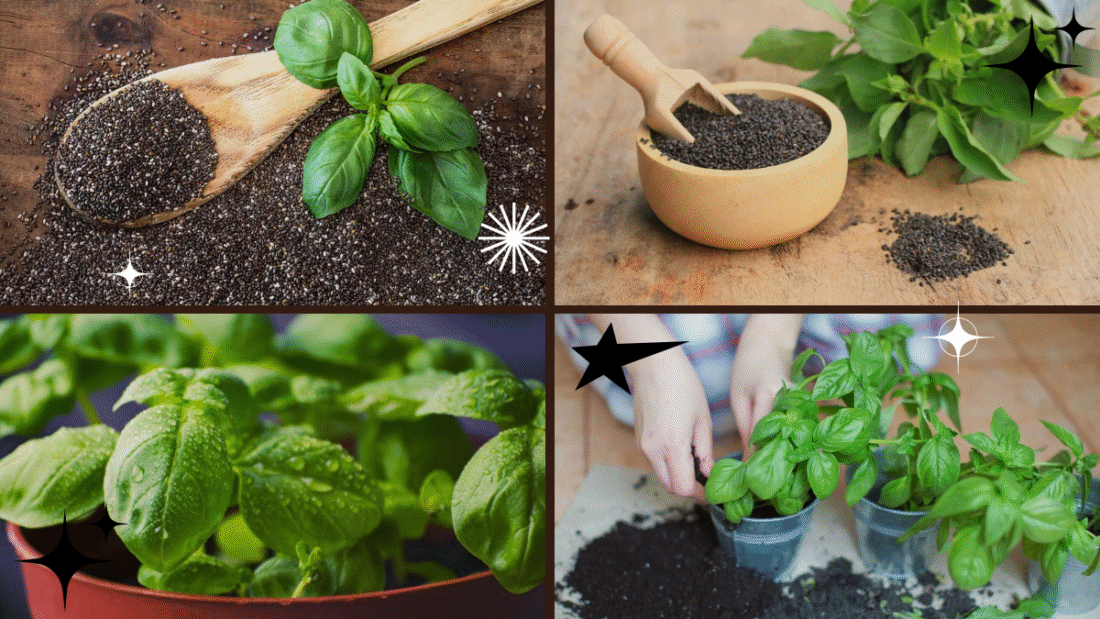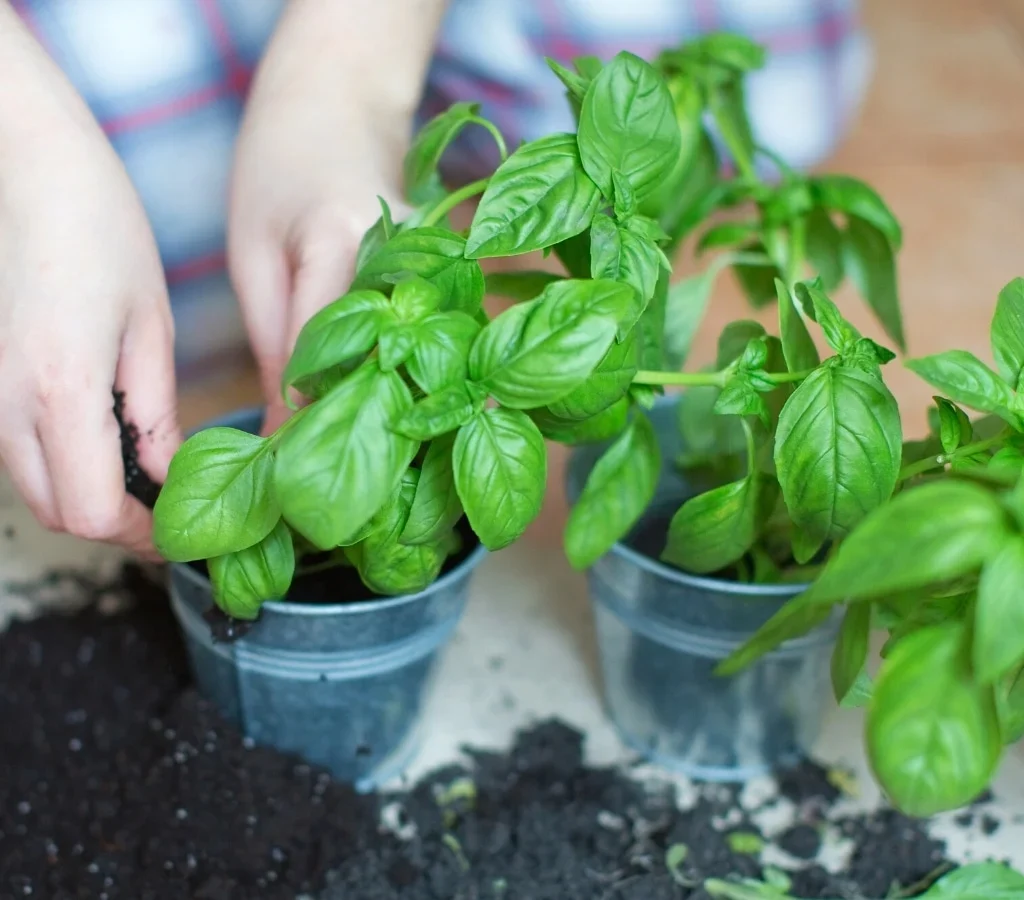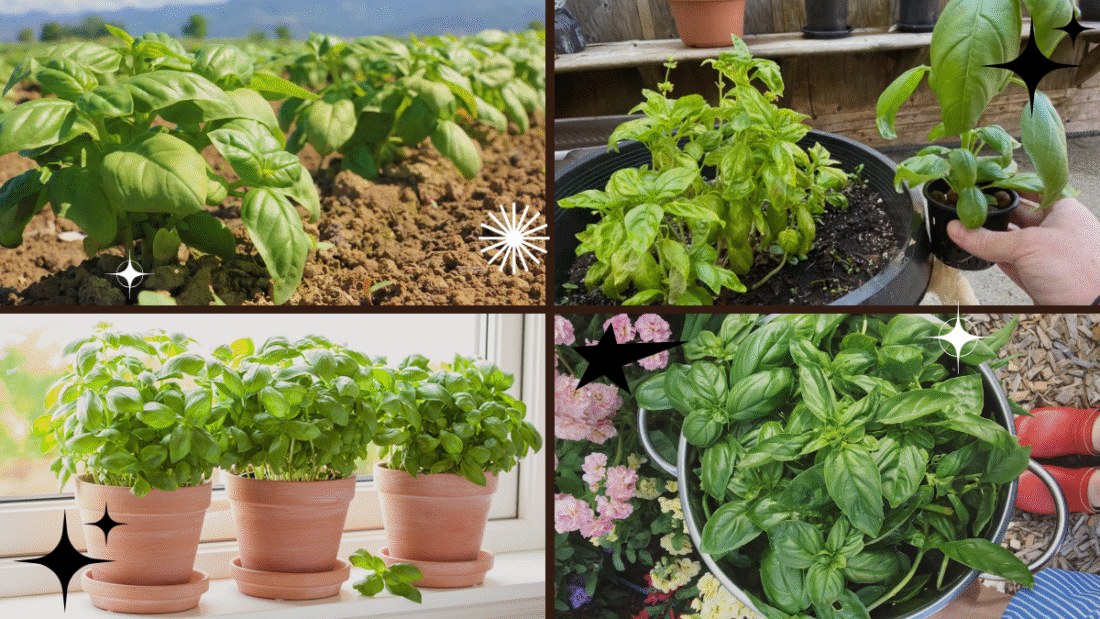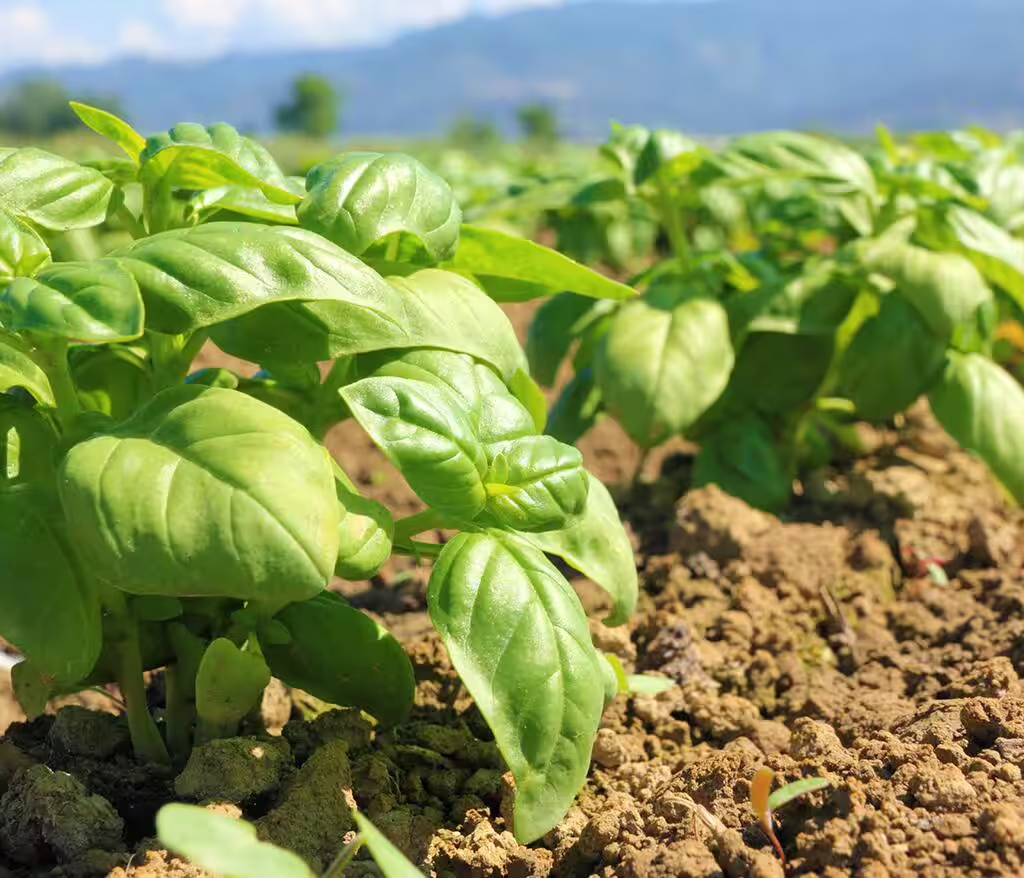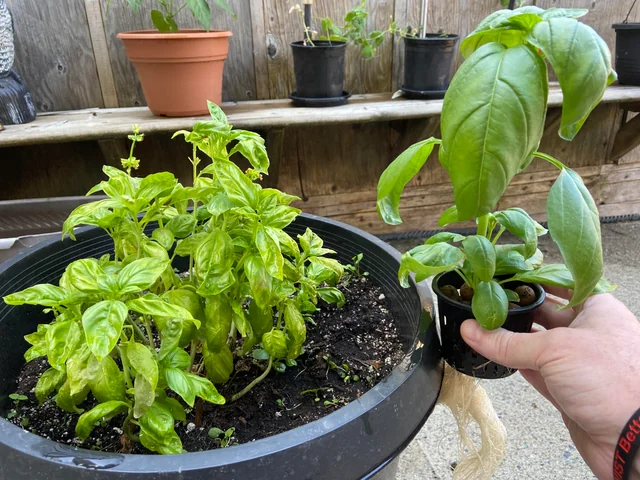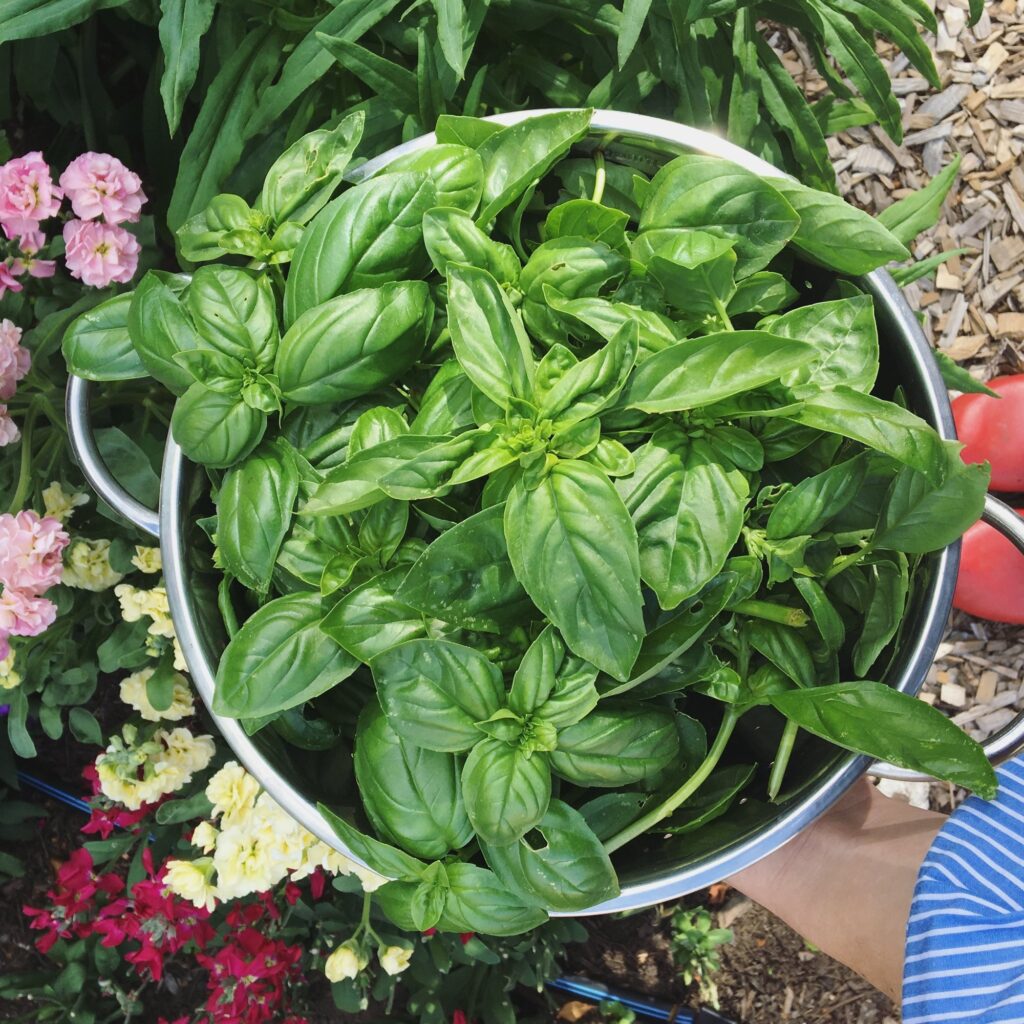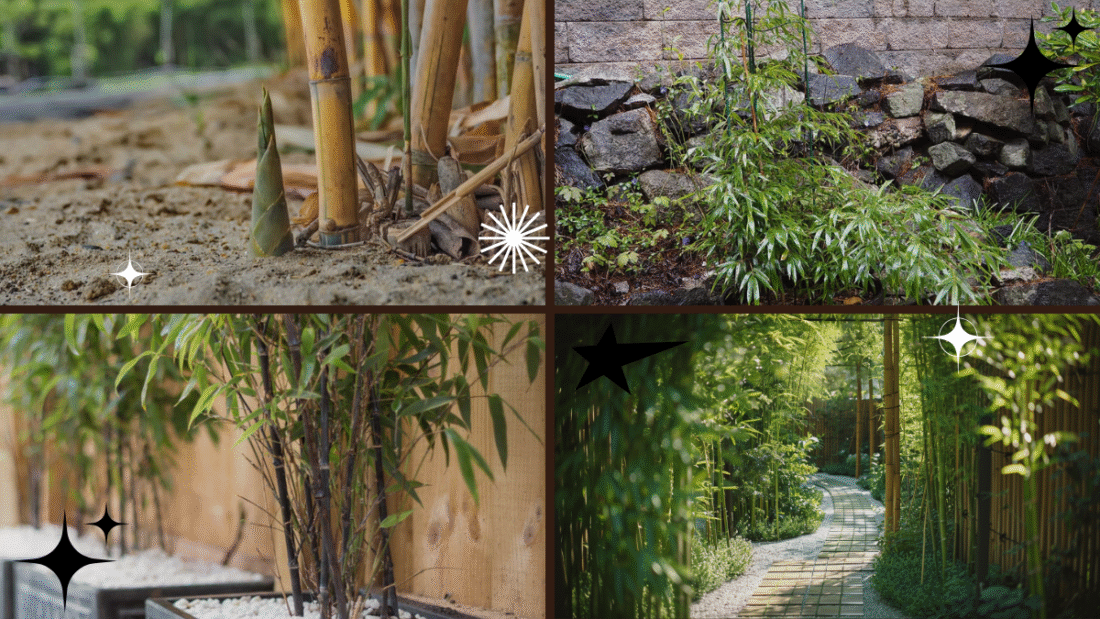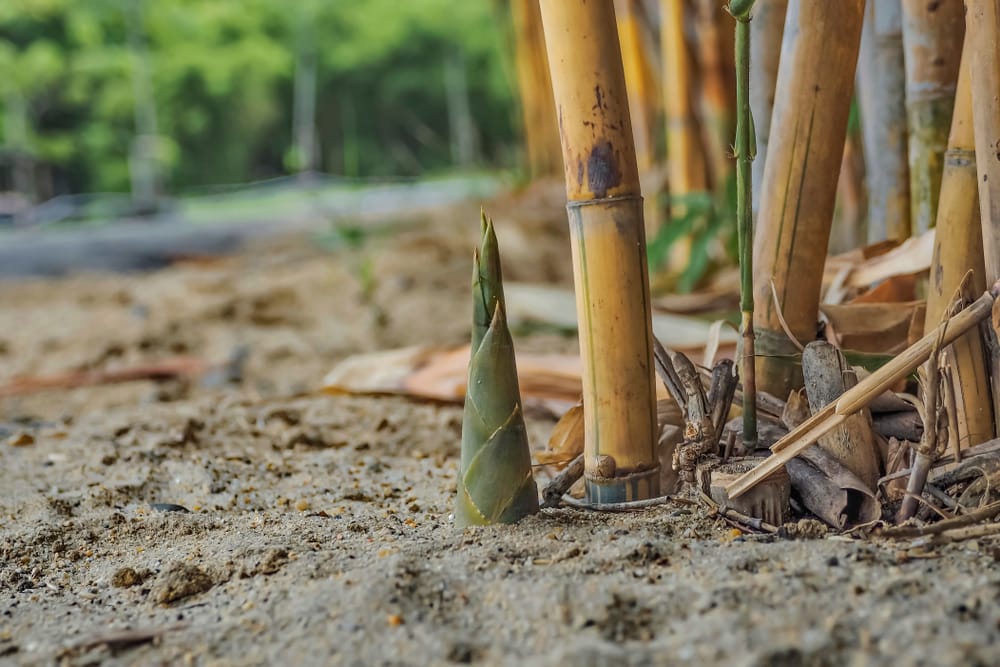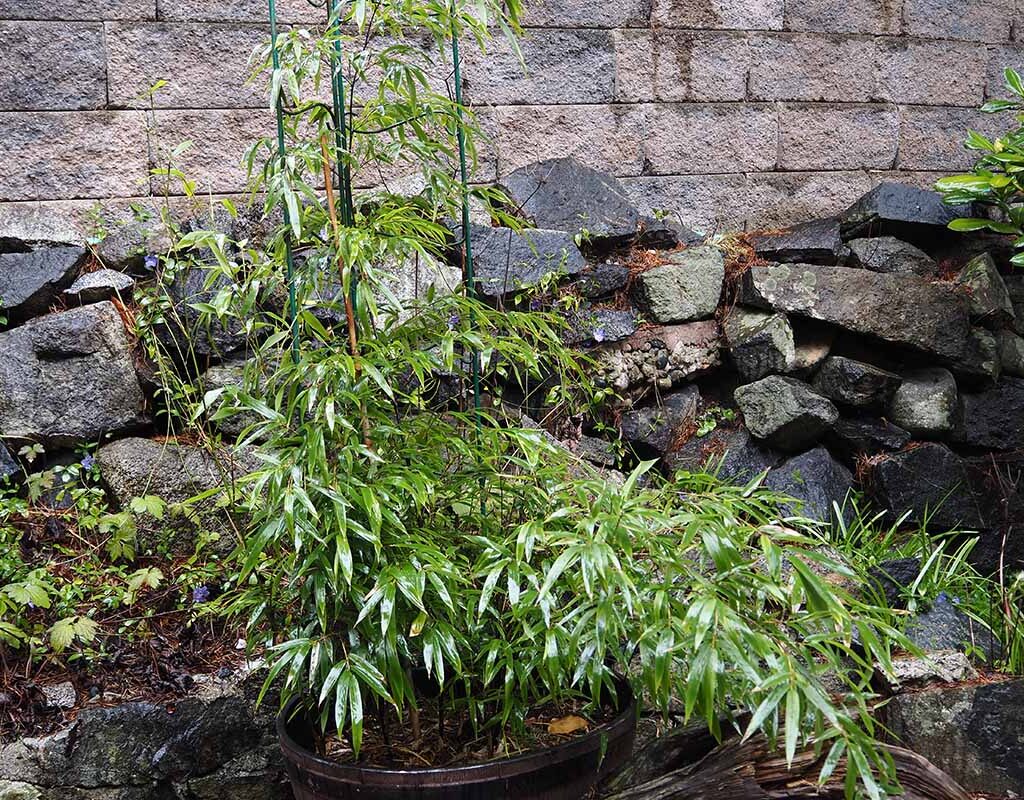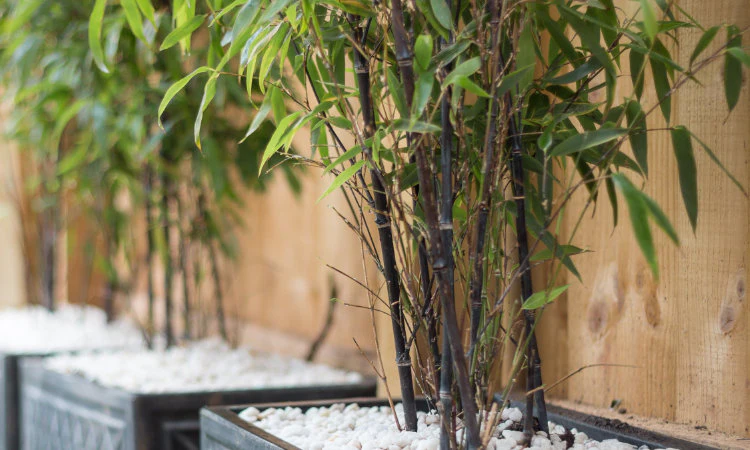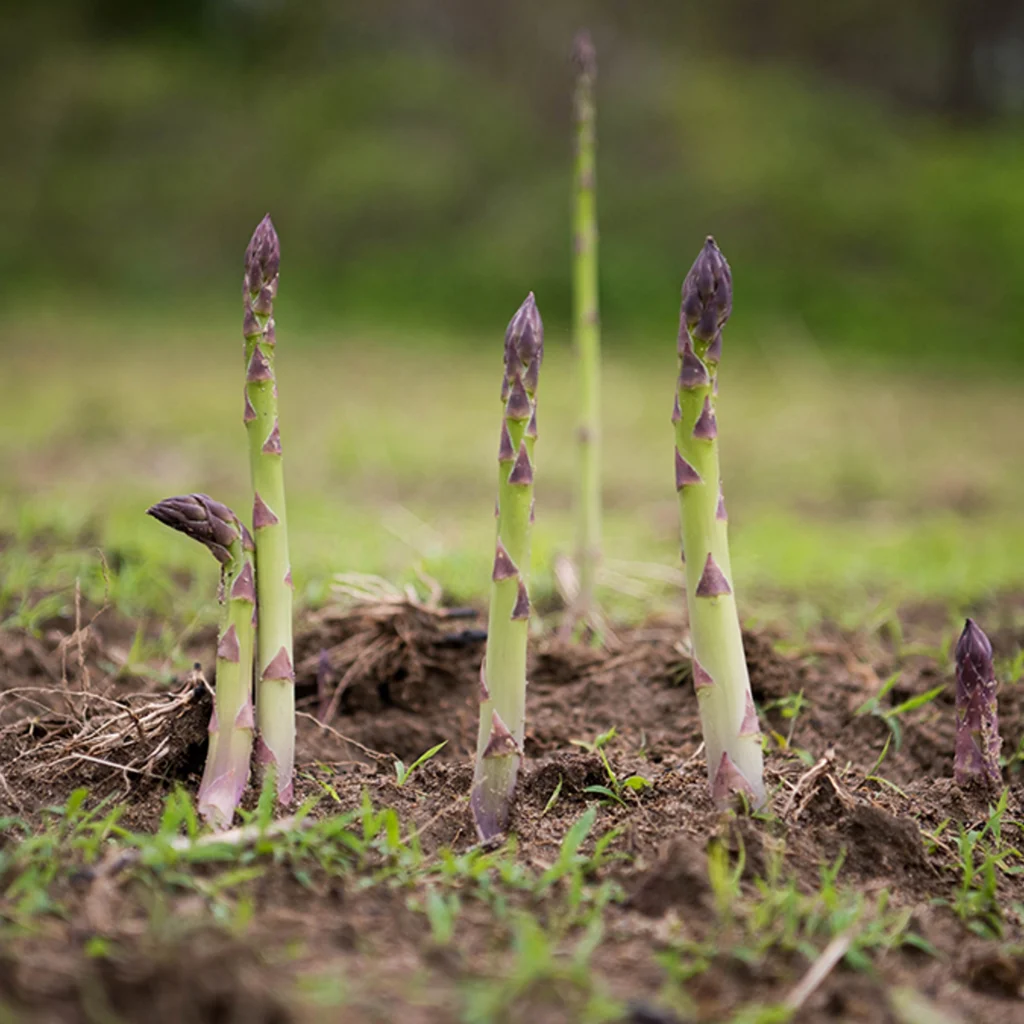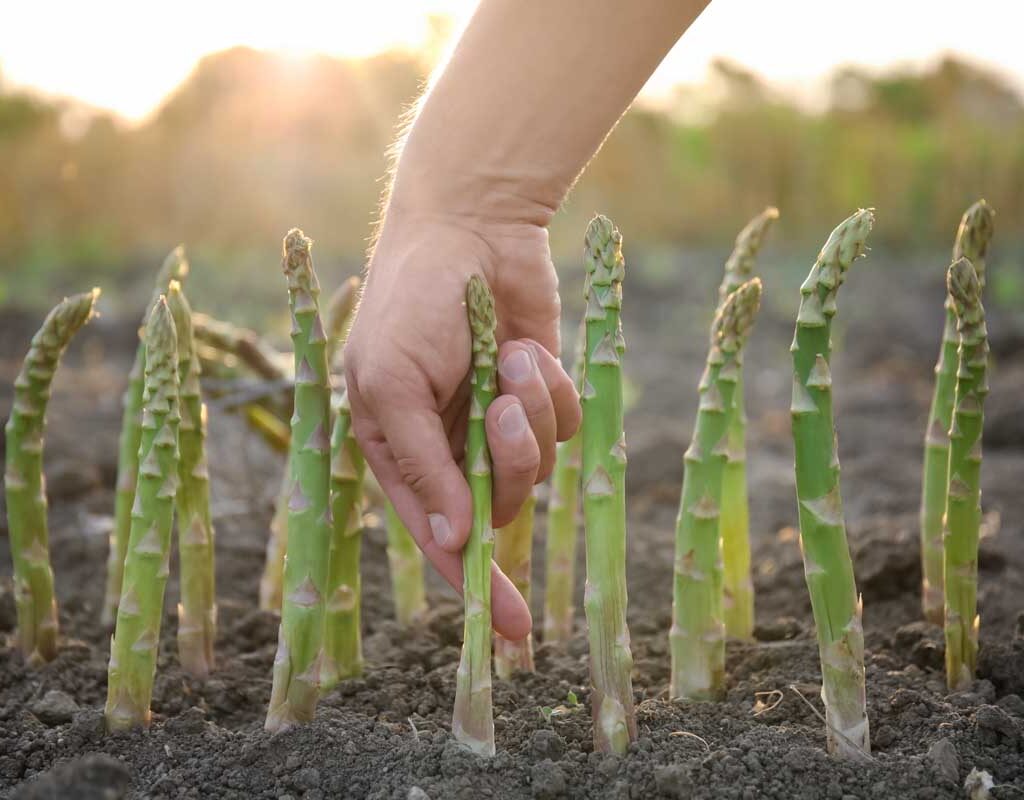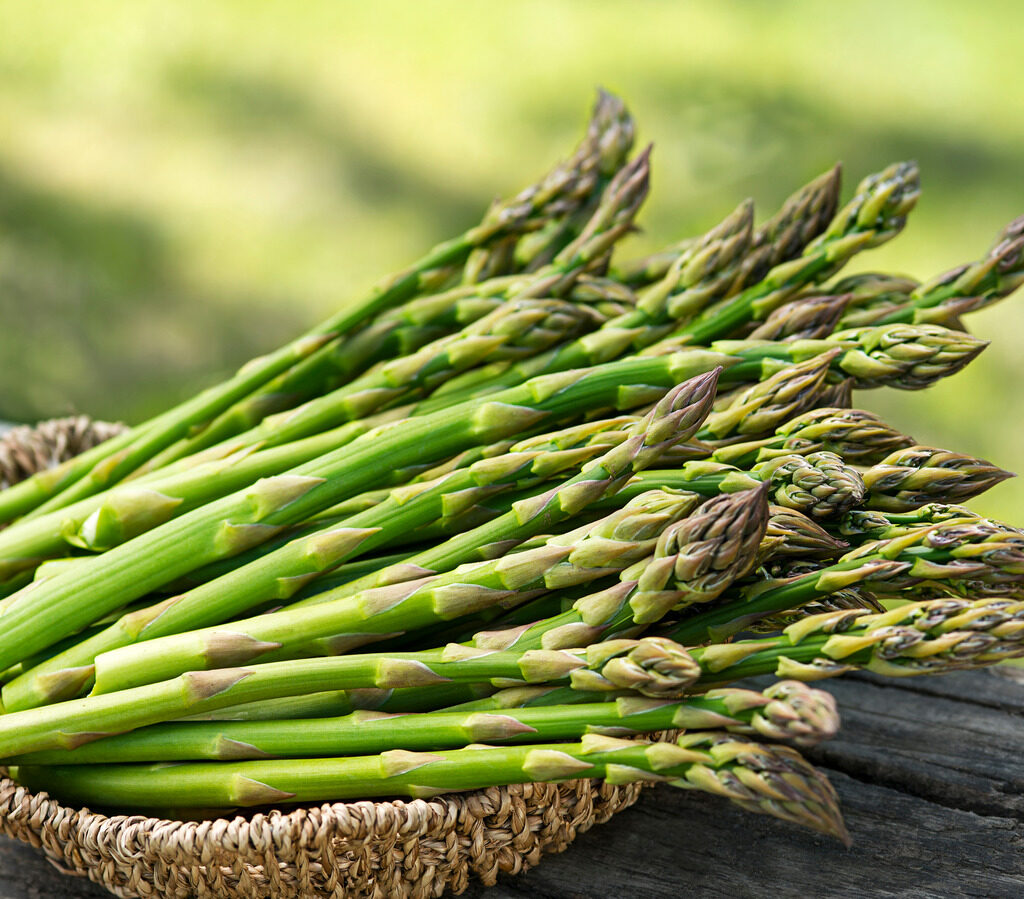If you’re a fan of fresh, zesty flavors and a bit of garden excitement, growing your own peppers is the perfect project. Whether you prefer the sweet crunch of bell peppers, the heat of jalapeños, or the fiery bite of habaneros, planting pepper seeds is a fun, rewarding, and surprisingly simple way to start your spicy adventure.
In this detailed guide, we’ll walk you through everything you need to know about planting pepper seeds — from choosing your varieties to caring for your seedlings and transplanting them into the garden. Let’s get those peppers growing!
Why Grow Peppers from Seed?
While it’s easy to find pepper seedlings at garden centers, growing peppers from seed offers a whole new level of control, variety, and satisfaction:
- Wider variety selection: Access hundreds of unique pepper varieties, from mild to extreme heat.
- Healthier plants: Control over seed quality, soil, and growing conditions.
- Longer growing season: Start seeds early indoors and enjoy an extended harvest.
- Cost-effective: A single seed packet can yield dozens of pepper plants.
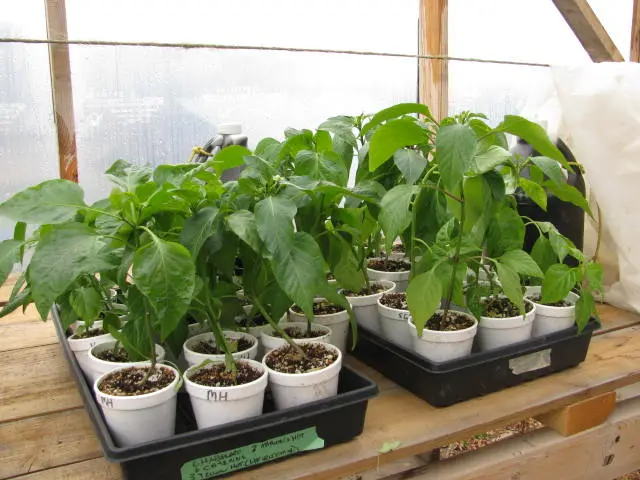
Choosing the Right Pepper Seeds
Before you plant, think about your taste preferences and your garden’s climate. Peppers range from sweet and mild to blisteringly hot.
Popular Pepper Types:
- Sweet Bell Peppers: Great for salads, grilling, and stuffing. Varieties: ‘California Wonder,’ ‘Golden Bell,’ ‘Purple Beauty.’
- Mild Peppers: Mild heat and great flavor. Varieties: ‘Banana Pepper,’ ‘Poblano,’ ‘Cubanelle.’
- Medium-Heat Peppers: Add zesty flavor without overpowering spice. Varieties: ‘Jalapeño,’ ‘Cayenne,’ ‘Serrano.’
- Hot to Super-Hot Peppers: For those who like it fiery. Varieties: ‘Habanero,’ ‘Ghost Pepper,’ ‘Carolina Reaper.’
Tip: Pay attention to the Scoville Heat Unit (SHU) rating on seed packets, which measures pepper spiciness.
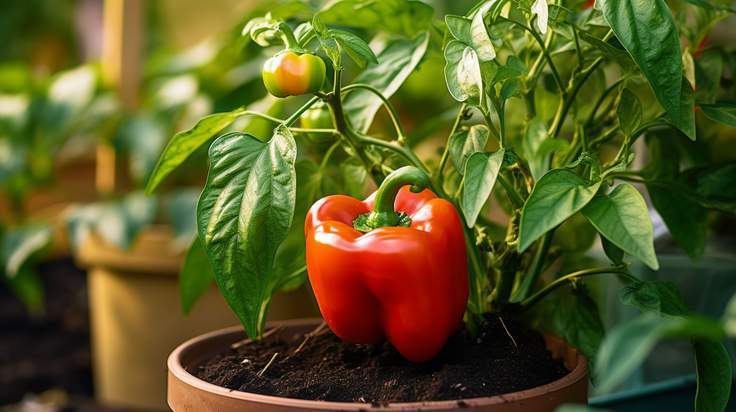
When to Plant Pepper Seeds
Peppers are warm-weather crops that need a long growing season. Most gardeners start pepper seeds indoors 8-10 weeks before the last expected frost date.
For example:
- If your last frost is around April 20, start your seeds indoors by late January to early February.
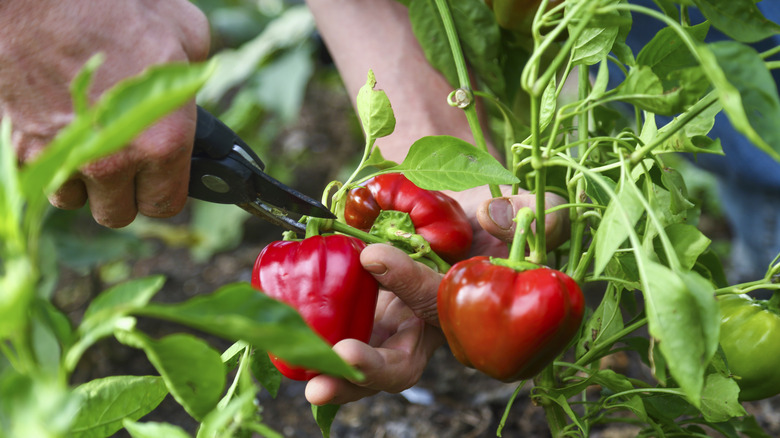
How to Plant Pepper Seeds – Step-by-Step
What You’ll Need:
- Pepper seeds
- Seed-starting trays or small pots
- Seed-starting mix (light, well-draining soil)
- Clear plastic dome or plastic wrap
- Grow lights or sunny windowsill
- Spray bottle for misting
- Labels (to track your varieties)
1. Prepare the Containers
Use seed-starting trays, small pots, or recycled containers with drainage holes. Fill with a lightweight, sterile seed-starting mix.
2. Soak Seeds (Optional)
Soaking pepper seeds in warm water for 6–8 hours before planting can help speed up germination, especially for thick-skinned hot pepper varieties.
3. Plant the Seeds
- Sow seeds 1/4 inch deep.
- Place 1–2 seeds per cell or pot.
- Cover lightly with soil and gently mist with water.
4. Create a Warm, Humid Environment
Peppers love warmth to germinate. Cover your tray or pots with a clear plastic dome or wrap to retain heat and moisture.
Ideal Germination Temperature:
75°F to 85°F (24°C to 29°C)
Use a seedling heat mat if your indoor environment is cool.
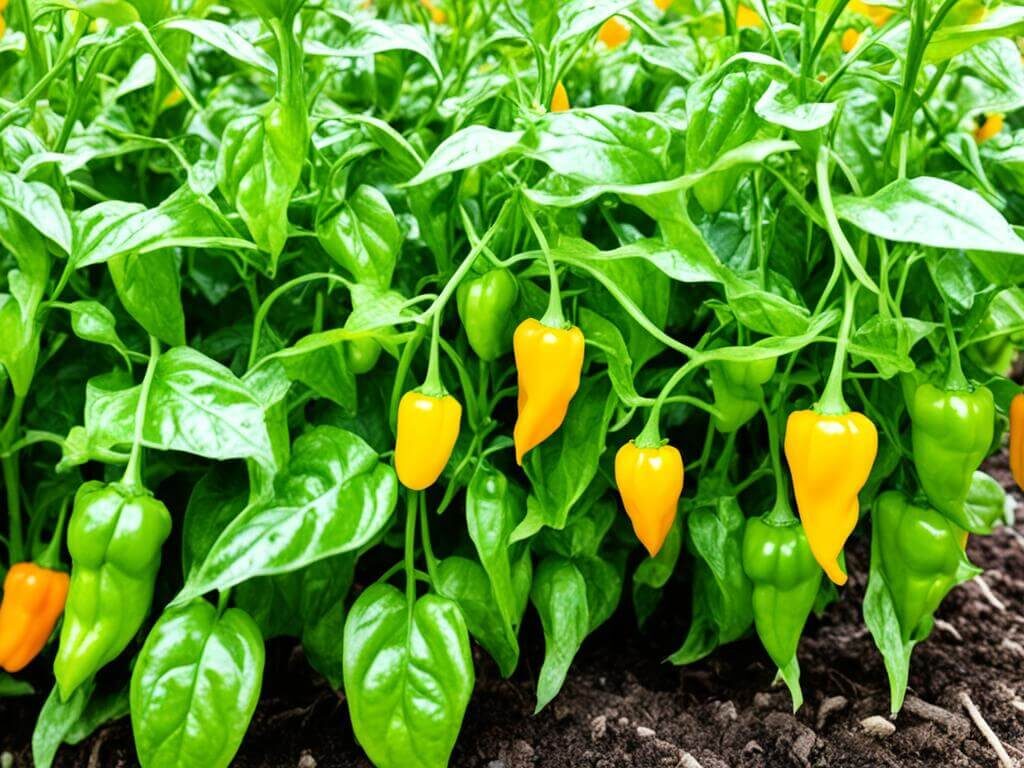
Caring for Pepper Seedlings
Watering
Keep the soil consistently moist but not soggy. Use a spray bottle to mist the surface gently.
Provide Plenty of Light
Once seedlings emerge (usually in 7–21 days), move them to a bright south-facing windowsill or under grow lights for 14–16 hours a day. Peppers are sun lovers and need plenty of light to grow strong.
Thin the Seedlings
When seedlings develop two sets of true leaves, thin them to one plant per cell or pot by snipping the weaker one at the soil line.
Transplanting Pepper Seedlings
Once seedlings are 4–6 inches tall and all danger of frost has passed, you can move them outdoors.
Hardening Off
Before transplanting, gradually acclimate seedlings to outdoor conditions:
- Start by placing them outside in partial shade for a few hours a day.
- Increase exposure to sunlight and wind over 7–10 days.
Prepare the Garden Bed
- Choose a sunny location with at least 6–8 hours of direct sunlight daily.
- Work compost or aged manure into the soil.
- Space plants 18–24 inches apart in rows 24–36 inches apart.
Caring for Pepper Plants Outdoors
Watering
Keep soil consistently moist but not waterlogged. Peppers prefer even watering — irregular watering can cause blossom end rot or split fruit.
Fertilizing
Use a balanced fertilizer when plants start flowering. Avoid high-nitrogen fertilizers, which promote leafy growth at the expense of fruit.
Staking or Caging
Some larger pepper varieties benefit from staking or small cages to support branches laden with fruit.
Mulching
Apply organic mulch like straw or compost around plants to retain moisture, suppress weeds, and maintain soil warmth.
Common Pepper Growing Problems
- Blossom End Rot: Caused by calcium deficiency or irregular watering.
- Aphids: Small sap-sucking insects; spray with water or insecticidal soap.
- Cutworms: Chew seedlings at the soil line; protect plants with collars.
- Leaf Drop: Often a sign of too much or too little water.
Harvesting Peppers
Peppers can be harvested at various stages depending on your preference:
- Green Peppers: Picked before ripening, with a crisper, slightly bitter taste.
- Fully Ripe Peppers: Sweet and often turn red, yellow, orange, or purple, depending on variety.
Use sharp scissors or pruners to cut peppers from the plant to avoid damaging branches.
Storing and Using Fresh Peppers
- Refrigerator: Fresh peppers last 1–2 weeks.
- Freezing: Chop and freeze raw peppers for use in cooked dishes.
- Drying: String up hot peppers to air-dry or use a dehydrator.
- Pickling: Preserve sweet or hot peppers in vinegar brine for snacking and cooking.
Fun Pepper Facts
- The world’s hottest pepper, the Carolina Reaper, tops 2.2 million SHU!
- Peppers originated in Central and South America over 6,000 years ago.
- Green bell peppers are simply unripe versions of red, yellow, or orange ones.
Final Thoughts
Planting pepper seeds is a gratifying way to add some spice and color to your garden and kitchen. With a bit of planning, warmth, and care, you can enjoy an impressive harvest of sweet, mild, or blistering hot peppers — perfect for fresh eating, cooking, or preserving.
Whether you’re a first-time grower or a seasoned gardener expanding your hot pepper collection, there’s always room to start your next spicy adventure.

